Montessori Classroom:
The Prepared Environment
Practical Life Exercise
Language
Making a Booklet
Metal Insets (Language)
Rolling up an activity mat
Brown Stairs (left) & Cylinder Blocks (right)
The classroom is a community where the children learn to respect others as well as themselves. It is orderly and attractive with many carefully designed materials and activities from which they can choose. The organization of the room allows children easy access to a variety of learning experiences. The children are free to engage themselves in activities that interest them. They can spend as much time as needed in any activity.
The Primary curriculum (2 and a half - 6 years old), in the Montessori classroom can be divided into five main areas. In each area there are materials that foster concentration, co-ordination, and discrimination of details are available for children of all levels of abilities and development. The sixth area we have in this classroom is the introduction of French by our Montessori Guide, who is originally from the South of France.
The six areas of the Montessori classroom are the following:
Practical Life: Exercises in this area are meant to build skills for daily living. They assist the child in learning to take care of herself/himself, each other, and the environment. Through tasks such as pouring, polishing, preparing food, tying shoes, rolling a mat, arranging flowers, sewing buttons… and cleaning up and putting away each exercise, children develop coordination, concentration, and good working habits. The child’s self-confidence and independence increase with each accomplishment
2. Sensorial: Activities in this area help children explore the world! They help them to develop and refine their senses and to better discriminate and classify their impressions. Each of the sensorial materials isolates one defining quality such as colour, weight, shape, texture, size, smell, etc. The equipment emphasizes this one particular quality by eliminating or minimizing other differences.
3. Language: These exercises nourish the child, enrich her/his vocabulary, enhance self-expression and develop reading and writing skills. The child learns the shapes and sounds of the letters (phonetics) in a way that is completely independent of her/his perfection of the motor skills of writing. She/he learns to write not by writing at first, but by performing a number of purposefully structured activities which prepare her/him both directly and indirectly for facility in handwriting. Writing in cursive letters, word building, matching words and pictures, recognizing phonograms, learning the function that each word (verb, adjective, noun, preposition, etc.), has in a sentence are some of the numerous Language activities in the classroom.
4. Mathematics: This area offers an exciting and concrete experience of number concepts and operations. The child acquires a deep understanding of how numbers function and as she/he learns concrete mathematical concepts, the materials lead the child to the abstract. Because of the concrete nature of the materials, the child is able to work with basic concepts of addition, subtraction, multiplication, division, decimal system, fractions, and more.
5. Language Extensions: Activities in this area include Music, Geography, Art, Science, Zoology and Biology. These areas are fertile fields for exploration and creativity. A rich and varied curriculum is presented through real life experiences and an array of Montessori materials.











